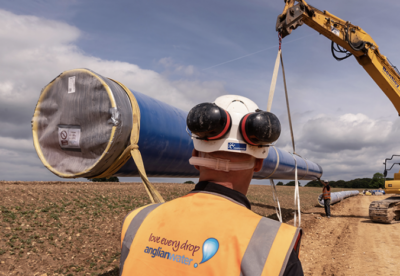Peterborough Magistrates’ Court heard that the employee was diagnosed with HAVS after an HSE investigation established that he had been using percussive tooling at the company to clean down a machine used for forming cement sheets using a jet pressure washer, pneumatic chisels and a Kango hammer where he was regularly exposed to vibration above the recommended limit.
A health assessment in 2012 had identified the symptoms of HAVS, recommending the employee was referred to a physician for detailed medical examination.
But this did not happen until 2016 when the employee was diagnosed with late stage 2 HAVS which is a serious irreversible health condition, causing the fingers to become blanched and numb, preventing the employee from working with vibratory equipment.
In an unrelated case on 1 September 2017, a second employee sustained electrical burns to his left arm and side of face. The employee was with a second electrician installing a temporary cable repair to switchgear which was around 60 years old.
The employees were trained electricians but neither had the competence to work on the switchgear and they were not provided with any circuit diagrams, drawings or an instruction manual. Neither were there any job specific risk assessments or safe systems of work in place.
The two employees isolated all the switches on the right-hand bank of the panel, which was supplying electricity to production machinery, and assumed that this would render the back of that bank of switches as safe. But while working on the last cable connection, the tool used by one employee met a live bus bar terminating support strip. This caused a flash, which resulted in electrical burns.
Etex (Exteriors) UK Ltd of Burton-on-Trent pleaded guilty to breaching safety regulations and was fined £282,100 and ordered to pay costs of £12,294.
Speaking after the hearing, HSE inspector Roxanne Barker said: “With regards to the case of Hand Arm Vibration Syndrome this company failed to implement and maintain a system that would suitably monitor the recorded results of vibration data and trigger times, therefore failing to have effective controls in place to limit the duration and magnitude of exposure to vibration.
“They also failed to ensure that their employee was under suitable health surveillance to identify problems at any early stage to prevent serious ill health.
“Etex (Exteriors) UK Ltd also failed in its duty to ensure that those undertaking electrical work were suitably competent and given the right information to complete tasks safely.”
















































.gif)








